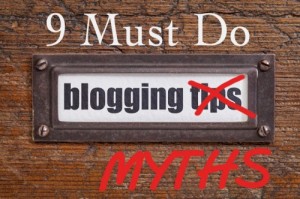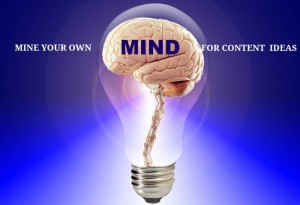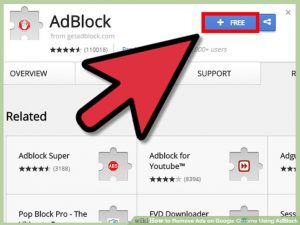By David Dodd, Published November 4, 2014
If you’ve ever sold a house, your real estate agent probably talked with you about the importance of curb appeal, and he or she may have suggested that you do some things (prune the landscaping, paint the trim, etc.) to improve your home’s curb appeal.
Curb appeal is the visual attractiveness of a house as seen from the street, and it is what creates that all-important first impression of a house in the minds of potential buyers. Real estate professionals know that curb appeal plays a huge role in determining how quickly a house will sell and what price it will bring.
First impressions are also critical in B2B marketing. And today, most of your potential customers will base their first impression of your company on the content you publish and distribute. We now know that business buyers are performing research on their own, and many are delaying conversations with sales reps until later in the buying process. Because potential buyers usually interact with your content before they interact in any other way with your company or your product or service, they form an impression of your company based on the content they consume.
If your content fails to create a good first impression, a potential buyer will quickly look elsewhere, and you may not get another chance to create engagement with that buyer. On the other hand, when your content creates a good first impression – when it has good curb appeal – a potential buyer will likely “come back for more” and be willing to continue his or her engagement with your company. Just as important, when one of your content resources creates a good first impression, a potential buyer is much more inclined to view the rest of your content – and your company – favorably.
That’s because of a powerful cognitive bias known as the halo effect. The halo effect can be defined as the transfer of positive (or negative) feelings about one thing to another, without having a rational basis for the transfer. The halo effect can be found in a wide range of human judgments. For example:
- If I meet a person who is well-spoken and likable, I am likely to believe that the person is also intelligent, generous, and ethical.
- If I have a good experience with a Honda automobile, I will be inclined to believe that I’ll also be happy with a Honda lawnmower.
- If I read a white paper produced by your company and find the paper to be useful and valuable, I’ll be inclined to believe that other content resources produced by your company will also be useful and valuable. Just as important, I’ll also be inclined to believe that your company is good at what it does.
Business Articles | Business 2 Community
(355)







